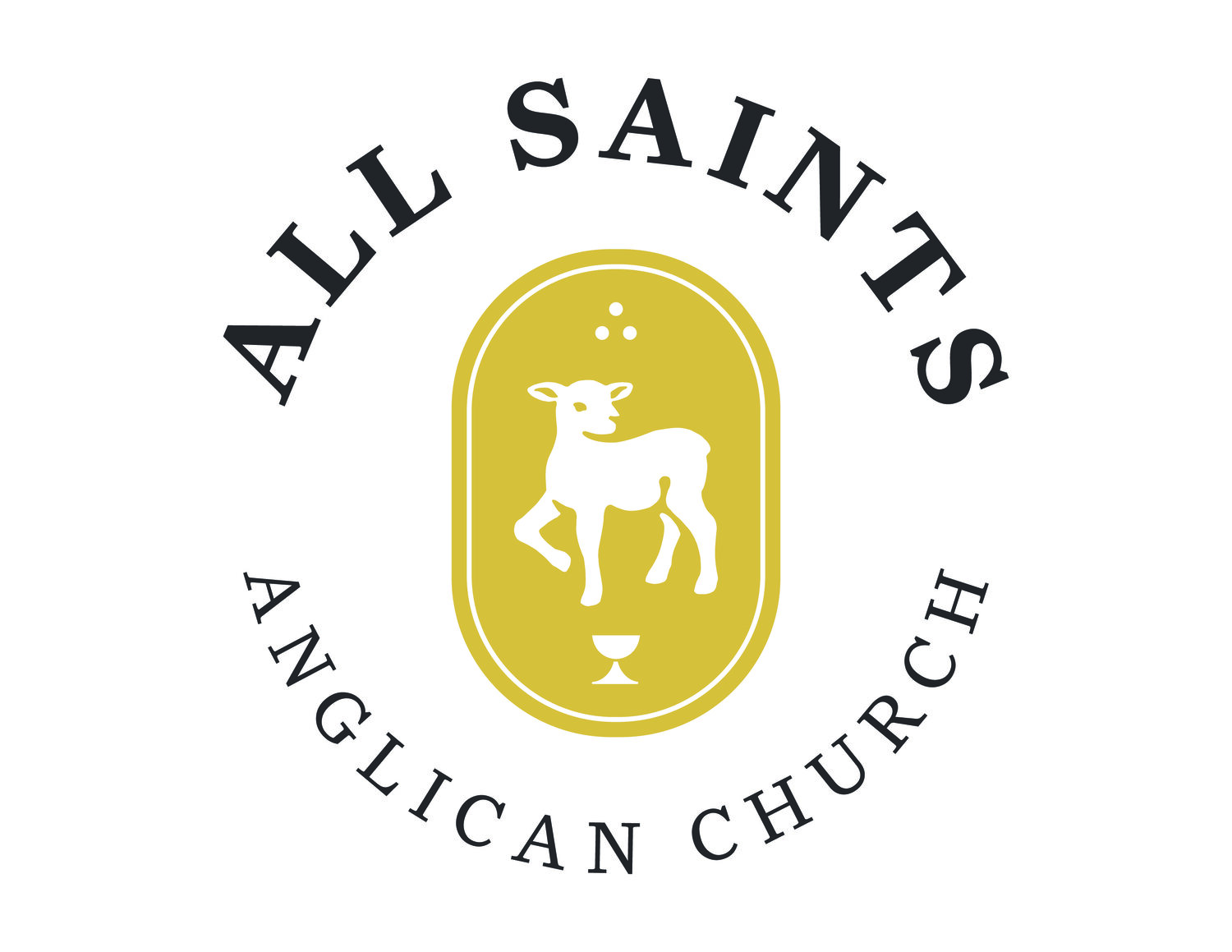In the beginning humans are created in a state on deep and utter union: Adam and Eve share communion with God, communion with one another, a kind of communion with the rest of the created world, and —often forgotten in theological accounts of prelapsarian life— unified within themselves. This is, in God’s words, “very good” (Gen 1:31). It is a blessed state (Gen 1:28). Union is, also, not just how we are made, it is what we are made for.
The Fall is a fall from that state of union. Sin estranges us from God, from one another, from Creation, and from our very own being.
True Salvation, therefore, always has as its object not merely a satisfactory purpose (i.e. to pay a penalty), though that surely happened, but also a deeply redemptive purpose: to bring about a new union with God, with one another, with Creation, and within our very being. We must be careful not to stop short of the full good news of the Gospel. It is not merely a kind of legal fiction, the paying of wergild by Christ to his insulted Father on our behalf. It is atonement: the making-one of two things (literally the word is a compound of at-one-ment).
It is not enough to “pay a debt” and bring us back to a basic “$0” balance. Paying the debt occurs in the interest of achieving the union for which we are created. Thus the Church is more than a gathering, a congregation, of people who’ve had their debts paid; it is not merely a kind of voluntary Elks lodge for ex-debtors. It is the form that Salvation takes: it is the current state of the redeemed union humanity was created to enjoy. Henri de Lubac on this point is brilliant:
“The Church […] completes —so far as can be completed here below— the work of spiritual reunion which was made necessary by sin; that work which was begun at the Incarnation and was carried on up to Calvary. In one sense the Church is herself this reunion…” (p.48)
In the work of Christ we are made one with him, but also made one body in his Church. As I find myself in Christ and in His Church I am inwardly renewed and find myself inwardly more whole and integrated, the self-erasing effects of sin are in remission and I become more fully me. The Church, in Cranmer’s words, are those “which dwell in Christ, and have Christ dwelling in them, by whom they be refreshed and have everlasting life” (211).
This week we tell the Story of our Lord’s Passion and Resurrection. We live it out loud together as one people, unified by One Spirit and in One Baptism. This joyous Triune-shaped Union that we witness in a unique way this week is, also, not contrary to mission. It is the engine of mission: “it is the Church’s mission to reveal to men that pristine unity that they have lost, to restore and complete it” (de Lubac, 53).
Invite your friends, family, neighbors, and co-workers to join us —the sheer invitation to be a part of this week is itself a kind of small picture of the evangelical call to repent and be baptized: “Join us!” Being one together in Christ is the social form that Salvation takes. And the name of that social form is “Church.”
Urbs beata Jerusalem, dicta pacis visio! Venite veniamus!


